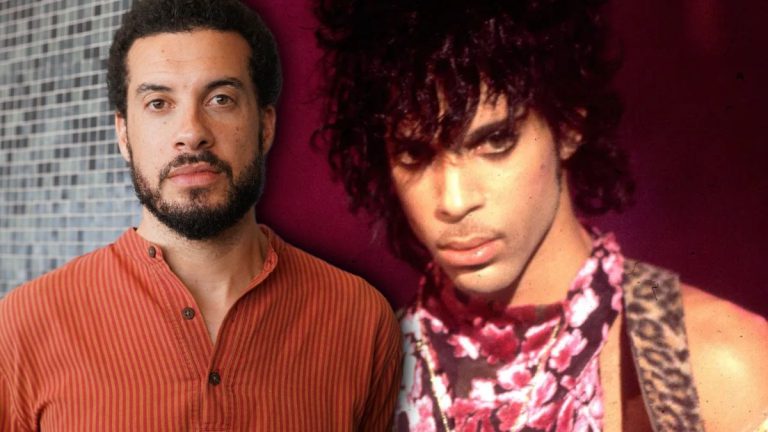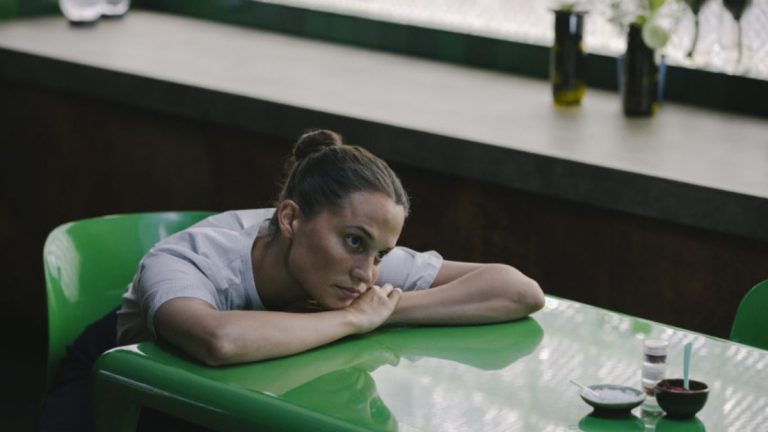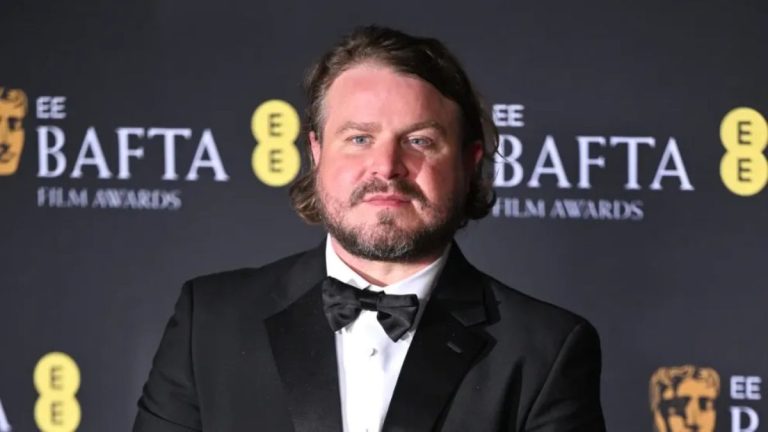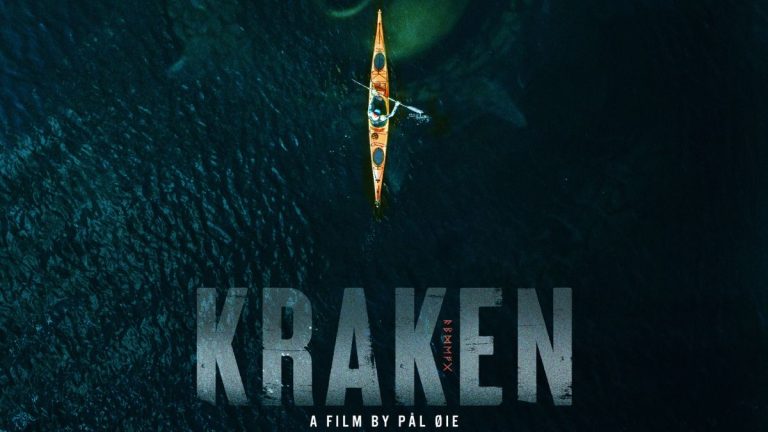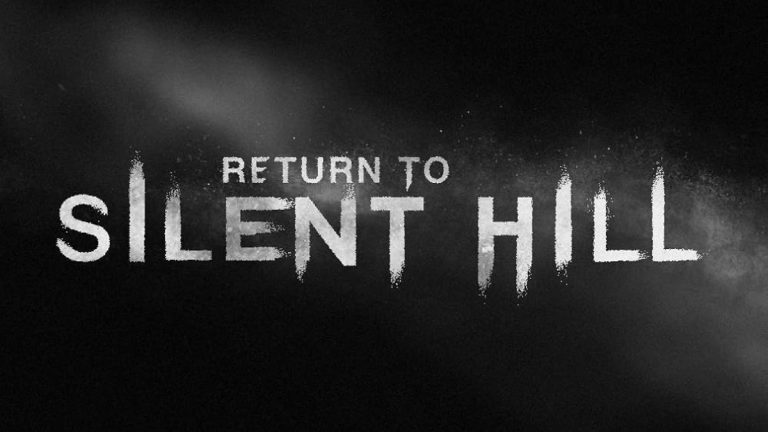How Do Actors Film Gunfighting Scenes?

Gunfighting scenes have long been a captivating element of movies, providing audiences with thrilling moments of action, tension, and drama.
But have you ever wondered how actors manage to create those intense and realistic gunfighting scenes without putting themselves in harm’s way?
We will explore the behind-the-scenes process of how actors film gunfighting scenes and the various techniques and considerations involved.
Safety Precautions and Training:
Safety is of utmost importance when it comes to gunfighting scenes. Actors undergo specialized training and work closely with firearms experts and stunt coordinators to ensure their well-being.
They learn proper handling techniques, firearm safety protocols, and rehearse movements to minimize risks. Strict adherence to on-set safety protocols, the use of protective gear, and supervision by professionals are paramount.
Choreography and Blocking:
Gunfighting scenes require precise choreography and blocking to ensure seamless action and visual impact.
The director and stunt coordinator collaborate to conceptualize the scene, considering the narrative, character motivations, and desired intensity.
The stunt coordinator choreographs the action, combining combat techniques, strategic positioning, and reaction timings, while blocking determines actor movements within the scene for optimal camera angles and coverage.
Props and Firearms Selection:
The selection of firearms and props is a crucial aspect of creating authentic and visually compelling gunfighting scenes in movies. The careful consideration of these elements adds realism to the scene and enhances the overall cinematic experience.
Choosing the right firearms and props involves several factors, including accuracy, safety, aesthetics, and storytelling.
Accuracy
Filmmakers must ensure that the firearms used in gunfighting scenes are accurate representations of the weapons being portrayed. This requires thorough research and consultation with firearms experts to ensure that the chosen firearms align with the time period, setting, and character backgrounds depicted in the film.
Accuracy in firearm selection helps to create an immersive experience for the audience and maintains the integrity of the story.
Safety
Safety is another critical factor when choosing firearms and props. Filmmakers must prioritize the well-being of the actors and the entire production team.
Whenever possible, the use of real firearms is minimized or replaced with safer alternatives, such as non-firing replicas or blank-firing guns modified to discharge only blanks. These replicas and modified firearms provide a realistic appearance and sound without the risk associated with live ammunition.
In instances where real firearms are used, strict safety protocols are implemented. Trained firearms professionals are present on set to handle and supervise the handling of the weapons.
Clear guidelines are established regarding their use, storage, and transportation. Safety measures, such as barrel blocking devices, are employed to prevent the accidental discharge of live ammunition.
How do Filmmakers Purchase Real Ammo?
When filmmakers need to acquire firearms and ammunition for scenes where their presence is necessary, they typically follow legal and regulated processes to ensure compliance with local laws and safety protocols.
Here’s an overview of how they typically purchase firearms and ammunition for movie scenes:
Legal Requirements and Permits:
There are legal requirements and regulations governing the purchase, possession, and use of firearms and ammunition in their jurisdiction. These laws may vary between countries, states, or even within specific municipalities.
Filmmakers must obtain the necessary permits, licenses, or authorizations to handle and use firearms for filming purposes.
Firearms Experts and Consultants:
Filmmakers often seek the guidance of firearms experts, consultants, or armorers who specialize in the film industry. These professionals have extensive knowledge of firearms, safety procedures, and legal requirements.
They assist in sourcing the appropriate firearms and ammunition, ensuring compliance with regulations, and providing expertise during the filming process.
Licensed Firearms Dealers and Rental Agencies:
Filmmakers may choose to purchase firearms and ammunition directly from licensed firearms dealers or specialized rental agencies that cater to the film industry.
These establishments maintain inventories of various firearms and accessories that are available for rental or purchase. They can guide filmmakers in selecting the right firearms and ammunition for their specific needs and handle the necessary paperwork and background checks.
Prop Houses and Armorers:
Prop houses and professional armorers who offer firearms, ammunition, and other equipment, often collaborate with filmmakers to provide the necessary firearms and ammunition for movie scenes.
These entities specialize in supplying authentic and replica firearms, prop ammunition, and related accessories for use in film and television productions. They ensure that the firearms are safe, functional, and suitable for on-set use.
Some of the most frequently used calibers in movies include:
- 9mm Parabellum (9x19mm):
The 9mm is a popular choice due to its widespread use in law enforcement and military firearms. Bulk 9mm is usually easily accessible via prop houses. It offers a balance of manageable recoil, ammunition capacity, and versatility, making it suitable for a wide range of characters and settings.
- .45 ACP (Automatic Colt Pistol):
Known for its larger diameter and stopping power, the .45 ACP is often associated with powerful and hard-hitting handguns. It is frequently featured in scenes depicting iconic characters or intense, close-quarter combat scenarios.
- .38 Special:
The .38 Special is commonly seen in classic films, particularly in the context of detective stories and old-fashioned revolvers. It has a reputation for its historical significance and is frequently used to depict firearms from past eras.
Modification and Safety Measures:
In some cases, firearms used in films may undergo modifications or adaptations to ensure safety and compliance with specific requirements.
These modifications can include disabling the firearms from firing live ammunition or modifying them to fire only blank rounds.
Licensed armorers or firearms experts perform these alterations to prevent the accidental discharge of live ammunition and to maintain a controlled and safe environment on set.
Tracking and Documentation:
When firearms and ammunition are acquired for film production, meticulous record-keeping is crucial. Filmmakers maintain detailed documentation of the firearms used, including serial numbers, makes, and models.
This documentation ensures accountability and traceability throughout the production process.
It’s important to note that safety remains a top priority during the entire procurement and use of firearms and ammunition for film scenes. Filmmakers work closely with firearms experts, armorers, and safety officers to implement strict safety protocols, training actors, and ensuring proper handling and storage of the firearms and ammunition on set.
The Props
Beyond firearms, the selection of props such as ammunition, holsters, and accessories also plays a vital role in maintaining authenticity. The props department works closely with the production team to ensure that the chosen items match the era, location, and context of the film.
Attention to detail in prop selection adds credibility to the scene and enhances the audience’s immersion in the story.
Collaboration and Communication:
Successful gunfighting scenes rely on effective collaboration and communication between actors, directors, stunt coordinators, and the production team.
Rehearsals provide an opportunity to refine choreography, adjust movements, and fine-tune the sequence. Constant dialogue ensures that everyone is on the same page, facilitating a cohesive and realistic performance.
Camera Techniques and Visual Effects:
Camera angles and perspectives play a vital role in capturing the intensity and realism of gunfighting scenes. Directors and cinematographers carefully plan shots to enhance the drama, utilizing wide shots, close-ups, and dynamic camera movements.
Visual effects may also be employed to enhance the scene, such as adding muzzle flashes or bullet impacts in post-production.
Post-production and Sound Effects:
Gunfighting scenes often undergo post-production enhancements to heighten the impact. Sound effects, such as gunfire, bullet impacts, and ambient noise, are meticulously crafted to enhance realism and intensity.
Visual effects artists fine-tune details, ensuring seamless integration of digital enhancements while preserving the authenticity of the scene.
Practice and Rehearsal:
Actors dedicate significant time to practice and rehearse gunfighting scenes. This includes not only mastering the choreography and movements but also developing a deep understanding of their character’s motivations and reactions.
Rehearsals allow actors to build trust with their co-stars, ensuring a smooth and believable performance.
Authenticity and Realism:
Actors strive to bring authenticity and realism to their performances in gunfighting scenes. They draw from their training, research, and understanding of the character to create nuanced portrayals.
Immersion in the scene, focusing on reactions, body language, and emotional depth, helps to sell the intensity and danger of the situation to the audience.
Takeaway
In conclusion, the process of filming gunfighting scenes involves meticulous planning, extensive training, and a collaborative effort between actors, directors, stunt coordinators, and the production team.
Through a combination of safety precautions, choreography, prop selection, camera techniques, and post-production enhancements, actors bring these thrilling and captivating scenes to life while prioritizing their
MORE FROM VOICE FILM

